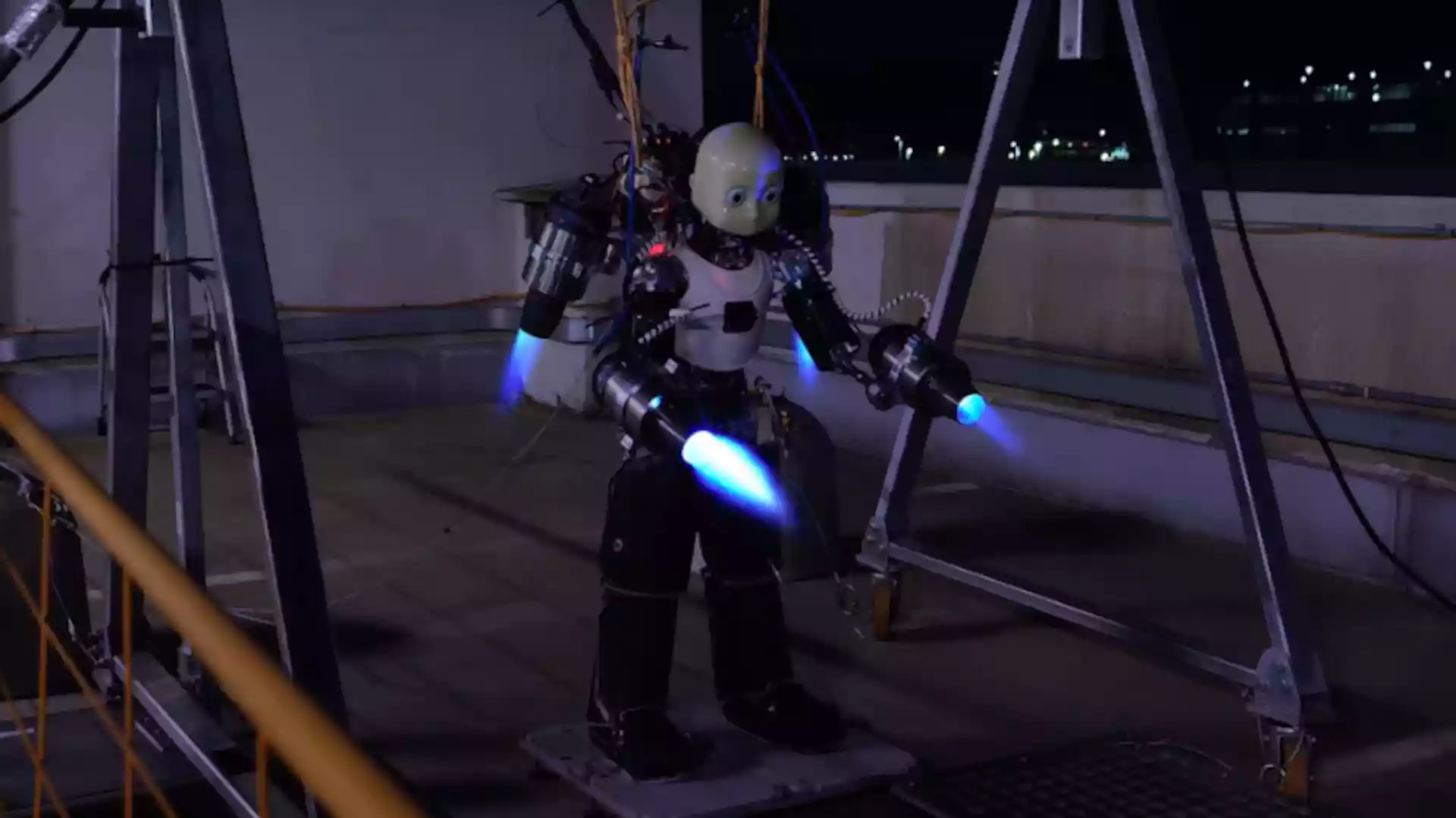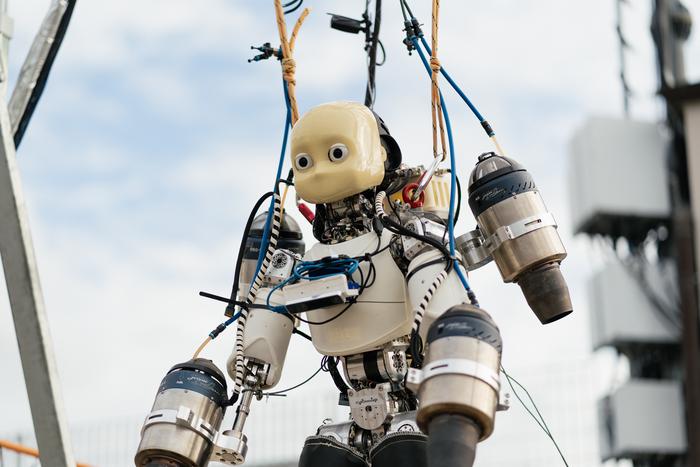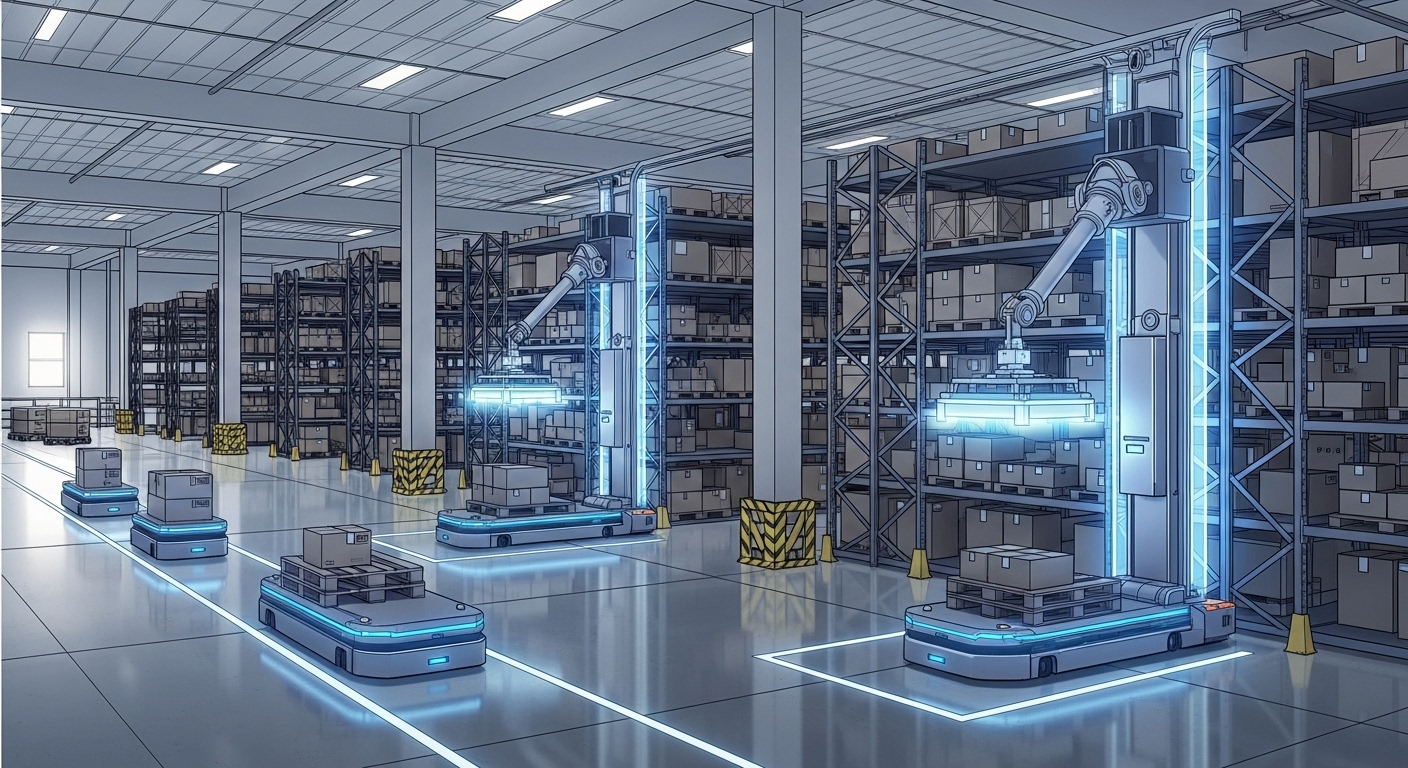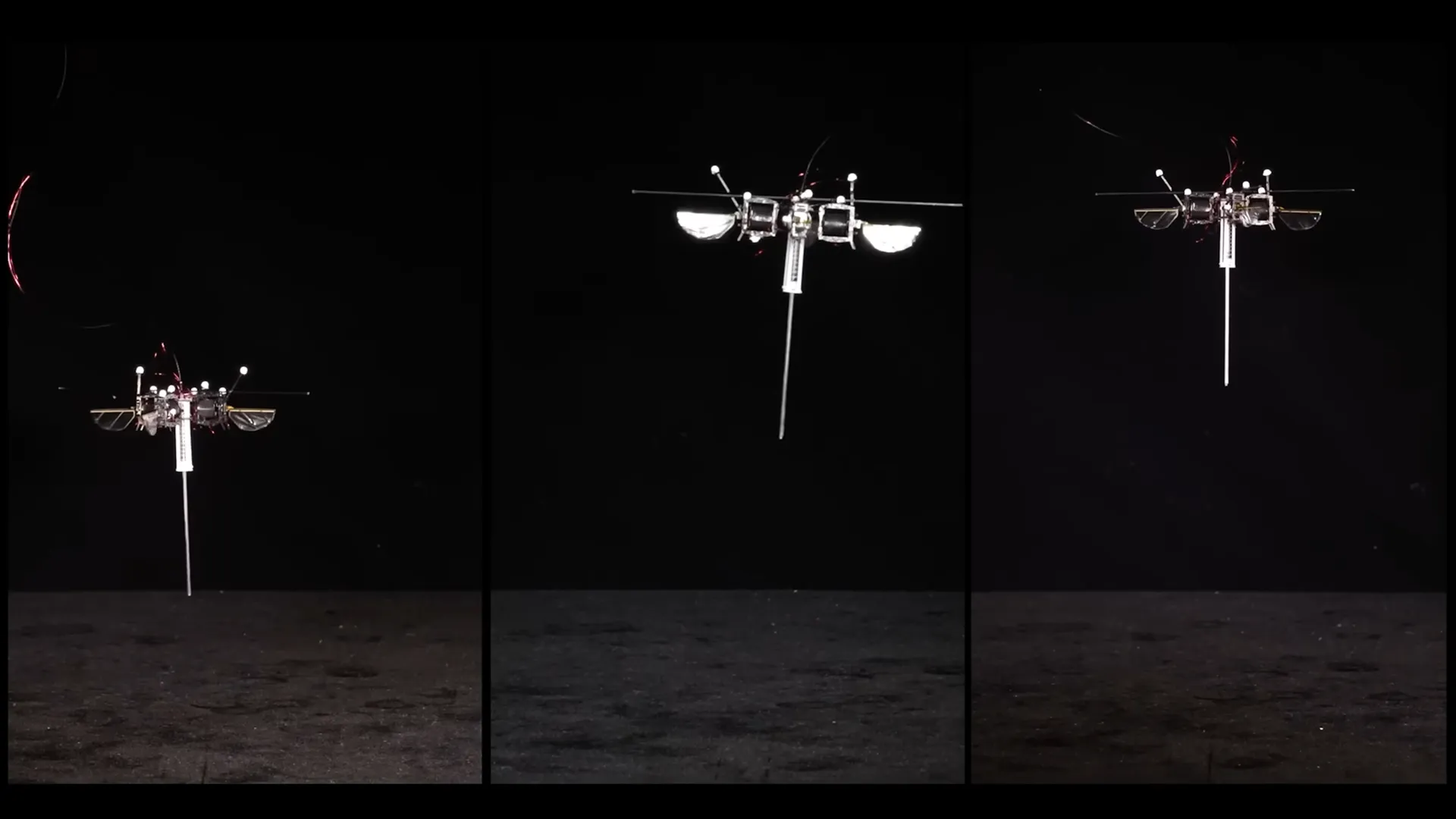ergoCub Takes Flight: The World’s First Flying Humanoid Robot and the Internet’s Mixed Emotions
When the Italian Institute of Technology (IIT) unveiled their latest creation—a humanoid robot not only able to walk and manipulate objects, but also to fly—many in the robotics world knew they were witnessing a milestone. But no one expected the debut of the iRonCub MK3, or “ergoCub,” to spark such a wild mix of awe, amusement, and unease across the internet.
The technological leap behind the flying ergoCub—officially known as iRonCub MK3—represents a fusion of advanced aerodynamics, artificial intelligence, and cutting-edge materials science. Unlike its predecessors, the iRonCub MK3 is equipped with four jet engines—two embedded in its arms and two in a backpack unit—allowing it to generate over 225 pounds of thrust and maintain stable flight even in turbulent conditions. To withstand the extreme heat produced by jet exhausts, the engineers designed a titanium spine and added heat-resistant coverings, ensuring both safety and durability during flight.
A major engineering challenge was achieving real-time stability in mid-air, given the robot’s elongated body and movable limbs. The research team at the Italian Institute of Technology (IIT) collaborated with the Polytechnic of Milan and Stanford University to develop new flight control models and aerodynamic estimators. These innovations, powered by neural networks trained on both simulated and experimental data, enable the robot to react instantly to shifting airflows and limb positions, keeping it balanced and responsive during flight.
The iRonCub MK3 also features a robust remote operation system, utilizing a virtual reality (VR) headset and specialized controls. This setup allows human operators to guide the robot precisely, a crucial capability for search and rescue missions in hazardous environments. To prepare for the stresses of flight, the team conducted extensive Finite Element Method (FEM) analyses, reinforcing the robot’s chassis and jet engine brackets to handle the forces of lift-off and flight maneuvers.
Beyond flight, the ergoCub project continues to advance ergonomic robotics for industrial and healthcare settings. The platform integrates AI-driven vision for object and action recognition, optimized hands for heavy lifting, and a suite of sensors—including LiDAR and depth cameras—for navigation and environmental awareness. The addition of wearable technologies, such as the iFeel sensorized suit, enables real-time monitoring of worker health and biomechanics, further bridging the gap between human safety and robotic assistance.
Altogether, these upgrades have transformed the ergoCub from a research prototype into a versatile, high-performance platform—one that is not only redefining what humanoid robots can do on the ground, but now, also in the air.
A Leap from Lab to Sky
For years, the IIT team had been pushing the boundaries of humanoid robotics, but the iRonCub MK3 marks a dramatic leap. Outfitted with four jet thrusters—two in its “arms” and two in a backpack—the robot can lift itself off the ground, hover, and maintain stability even in turbulent conditions. During recent tests, the robot managed to ascend about 1.5 feet, holding steady in the face of wind tunnel gusts and outdoor elements.
Why make a humanoid robot fly? The answer lies in real-world challenges. Disaster zones, for example, are often littered with debris, collapsed structures, and obstacles that ground-based robots can’t always overcome. A flying humanoid, able to land and then walk, open doors, or turn valves, could be a game-changer for rescue missions and hazardous environments.

The Technology and Its Purpose
The iRonCub MK3 is the product of two years of research and experimentation, building on the legacy of the iCub robot—a child-sized platform used for AI and human-robot interaction studies for over a decade. The new flying version stands about three feet tall and weighs around 154 pounds, with a smooth, baby-like face that’s become its most talked-about feature.
According to the IIT team, the humanoid form isn’t just for show. Many critical access points in disaster areas—ladders, doors, valves—are designed for humans. A robot with human-like proportions and dexterity can interact with these systems directly, making it uniquely suited for real-world tasks.
The Internet Reacts: “Astroboy!” or “Monster Baby”?
While engineers marveled at the technical achievement, the public’s reaction was… complicated. Videos of the flying robot quickly went viral, with viewers split between fascination and discomfort. Some were charmed, calling it “Astroboy” or “cute,” while others found its blank, childlike stare unsettling—one Reddit user quipped, “Why does he look so creepy?”
Another commenter joked, “The technology is amazing, but why in the world does it have to look like a monstrous infant?” Theories flew as fast as the robot itself, with one user musing, “When the uprising comes, you’ll hesitate to shoot a cyborg with a baby face. That’s all it needs…”
Still, others saw the practical side: “It’s weird, but if it can save lives, who cares what it looks like?” Some even found the design endearing, with one excitedly posting, “It’s Astroboy!!”
Not Quite AI—Yet
For those concerned about a robot uprising, there’s a twist: the iRonCub MK3 isn’t autonomous. It’s remotely operated by human controllers, with AI and mechanical intelligence focused on flight stability and manipulation tasks rather than independent decision-making. The team’s next steps include restoring full arm functionality (currently, the arms are jet thrusters) and refining the robot’s ability to fly and interact with the environment.
What’s Next?
The IIT team sees iRonCub as just the beginning. Their research is paving the way for more robust, energy-efficient flying robots and even future flying exoskeletons for humans. As Daniele Pucci, head of the Artificial and Mechanical Intelligence lab, put it, “This research is fundamentally different from conventional humanoid robotics and compelled us to make a significant advancement compared to current standards.”

Conclusion
The flying ergoCub has captured the world’s imagination, not only for its technical prowess but also for the strong reactions it provokes. Whether you find it adorable or unsettling, there’s no denying that this baby-faced robot represents a bold new direction for robotics—one where the line between science fiction and reality grows ever thinner. As the technology matures, the debate over form, function, and the future of human-robot interaction is sure to soar right alongside it.






